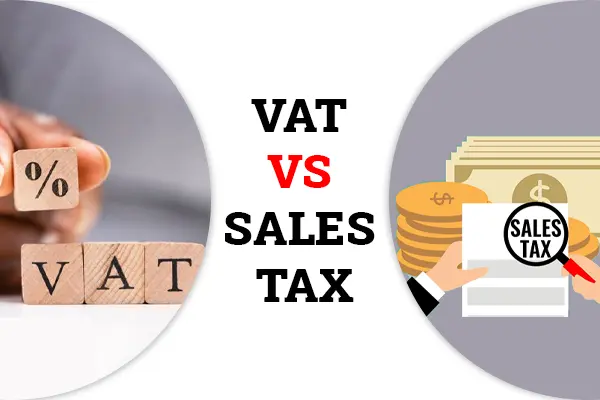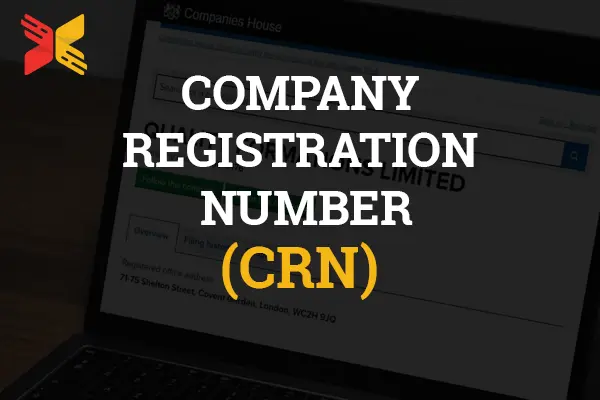VAT vs Sales Tax
When comparing VAT tax and sales tax, it’s essential to understand the nuances that differentiate these two forms of taxation. Both serve as a way for governments to generate revenue, but they operate in distinct ways. This article will explore the difference between VAT and sales tax, focusing on their implications in the UK, and guide you through understanding which might be more efficient.
What is the Difference Between Sales Tax and VAT?
VAT (Value-Added Tax) is a consumption tax applied at each stage of production or distribution, where value is added. For instance, in the UK, VAT tax is applied to most goods and services, including retail sales, manufacturing, and professional services. In contrast, sales tax is typically levied only at the point of sale to the end consumer. Although the UK does not have a sales tax like that in the United States, understanding this difference is crucial for international businesses and those trading across borders.
Sales Tax vs. VAT: An Overview (Add Table Below)
To better understand VAT tax and sales tax, let’s break down their fundamental differences:
| Feature | VAT Tax | Sales Tax UK (Hypothetical Comparison) |
|---|---|---|
| Point of Collection | Collected at every stage of the supply chain | Collected only at the final sale to the consumer |
| Who Remits the Tax | Each business in the supply chain remits VAT | Only the retailer remits sales tax |
| Tax Incidence | Borne by the end consumer, but spread across the supply chain | Borne entirely by the end consumer at the point of sale |
| Audit Risk | Potentially higher due to multiple collection points | Lower audit risk as the collection point is singular |
| Registration Thresholds | £90,000 in annual taxable turnover | Hypothetical, based on individual state rules in countries with sales tax |
What Triggers the Tax Administration Requirement?
For VAT tax in the UK, businesses must register for VAT if their taxable turnover exceeds £85,000. Registration is a legal requirement once the threshold is met, and businesses must start charging VAT on applicable sales. For sales tax in other countries like the US, the threshold varies by state, and businesses only need to collect sales tax if they have a significant presence (nexus) in that state.
Would VAT Replace Sales Tax?
In the UK, VAT tax is the standard method of taxation on goods and services, and there is no consideration for replacing it with a sales tax. VAT is seen as more efficient than a traditional sales tax because it captures revenue throughout the supply chain, reduces opportunities for tax evasion, and provides a more stable and predictable revenue stream for the government.
What are the Thresholds for VAT Registration?
The UK’s VAT tax registration threshold is currently set at £90,000 in annual taxable turnover. This means that any business exceeding this threshold must register for VAT, charge VAT on their sales, and remit it to HMRC. Businesses not meeting this threshold can voluntarily register for VAT if it benefits their operations.
What are the Thresholds for Sales Tax Registration?
Sales tax registration thresholds can vary significantly by jurisdiction. In countries like the United States, the threshold is generally determined by the level of a business’s economic presence in a state, also known as a “nexus.” For example, a business might be required to register for sales tax if it surpasses a specific sales volume or transaction count within a state. While the UK does not have a sales tax, this principle is essential for UK businesses trading internationally.
Who Pays for VAT?
Ultimately, the VAT tax burden is borne by the end consumer. However, businesses act as intermediaries, collecting VAT from customers at each stage of the supply chain. These businesses then remit the VAT collected to HMRC, minus any VAT they have paid on their purchases (input tax). This system ensures that the tax is distributed across the supply chain but is effectively paid by the consumer.
Who Collects and Remits Sales Tax and VAT?
In the case of VAT tax, every business in the supply chain collects VAT from its customers and remits it to HMRC. This process contrasts with sales tax, where only the final retailer collects the tax from consumers and remits it to the government.
Who Pays Sales Tax and VAT?
Ultimately, the VAT tax and sales tax burden falls on the end consumer. However, with VAT, the cost is spread out across the supply chain. Each business pays VAT on its purchases and charges VAT on its sales, claiming credits for the VAT paid. In contrast, sales tax is paid by the consumer directly at the point of sale, with no credits involved for the retailer.
Audit Risks for Sales Tax and VAT
Given that VAT tax is collected at multiple points, it carries a higher audit risk, as HMRC can investigate each transaction’s accuracy. This multi-point collection also increases the potential for errors or fraud. Conversely, sales tax has a lower audit risk because it is collected only at the final sale, simplifying the process.
Are VAT and Sales Tax the Same?
While VAT and sales tax serve similar purposes in raising government revenue, they fundamentally differ in how they are applied and collected. Understanding the tax and VAT differences is crucial for businesses, especially those operating internationally.
Conclusion: Which is Better?
From an administrative perspective, VAT tax might be considered more efficient because it spreads the tax burden across the supply chain, potentially reducing tax evasion and creating a more stable revenue stream. However, it also requires more complex bookkeeping and a higher audit risk. On the other hand, sales tax is simpler but might be easier to evade and is entirely borne by the end consumer at the point of sale.
For UK businesses, understanding what VAT is and how it compares to other countries’ tax systems is vital for compliance and efficient operation. Utilizing a VAT vs sales tax calculator can help businesses gauge the financial implications of each system.
While both VAT tax and sales tax have their merits, VAT is generally preferred in the UK due to its comprehensive nature and ability to capture revenue at multiple points in the supply chain. However, businesses must remain vigilant about their obligations to avoid penalties and ensure compliance.
















